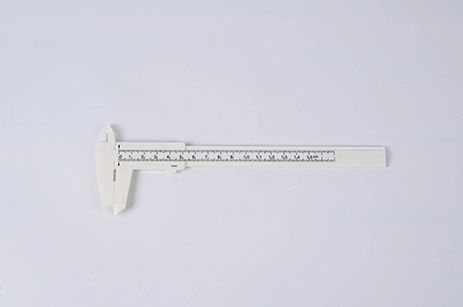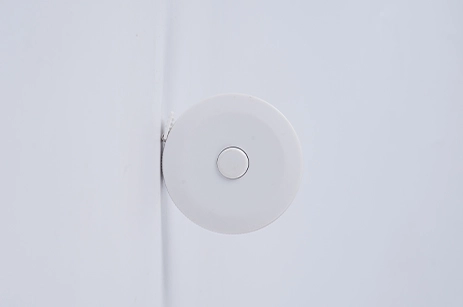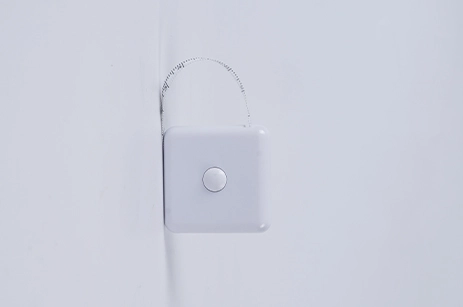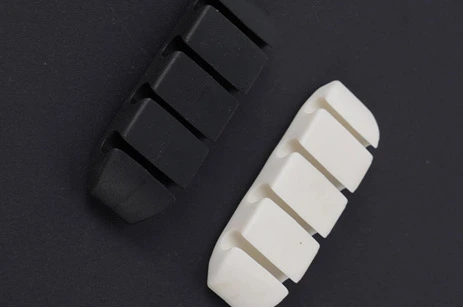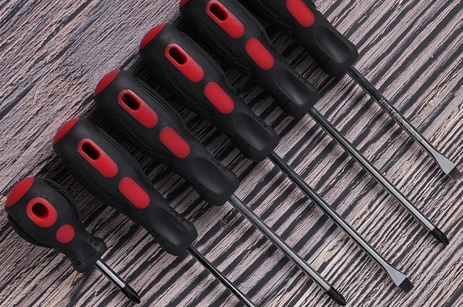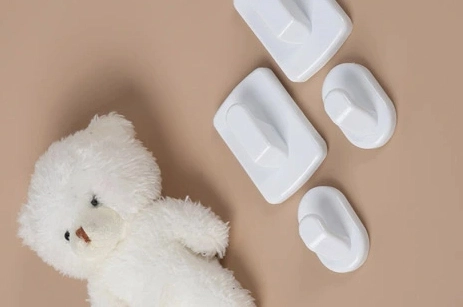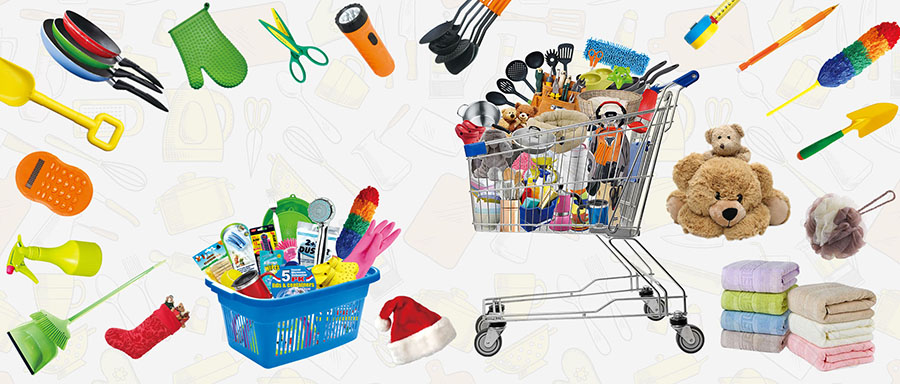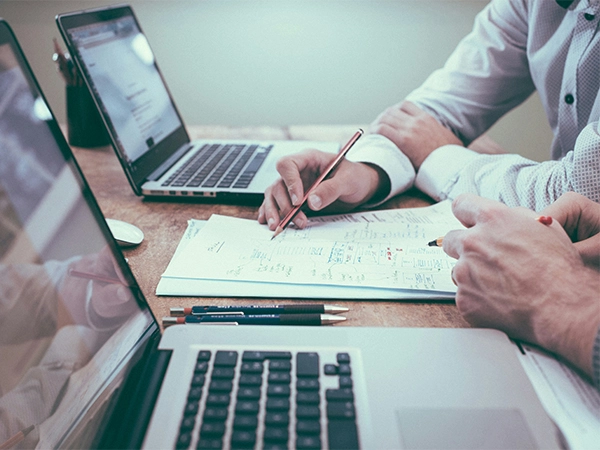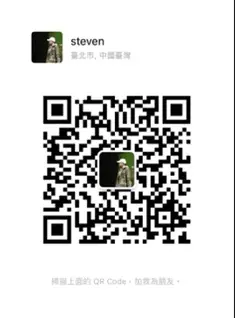How to Properly Use a Measuring Tape for Accurate Measurements
1. Choose the right measuring tape: Select a tape with clear and easily readable markings. Check if it's metric or imperial, depending on your preference and the project requirements.
2. Start at zero: Ensure the metal or plastic tab end is lined up flush with the starting point of the object to be measured. The measurement should start from zero.
3. Steady the tape: Hold the tape firmly, making sure it is aligned straight and not twisted. Avoid bending or stretching it to prevent inaccuracies.
4. Read the measurement: Position your eyes at the same level as the measurement point. Locate the corresponding mark on the tape for an accurate reading. Be precise and avoid approximations.
5. Account for the tape's case: If the tape extends out from its case, subtract the case length from your measurement to obtain the true value.
6. Account for the hook length: When using the tape's metal hook, remember that it adds a small length to the measured distance. Adjust your measurement accordingly by subtracting the hook length.
7. Double-check: Verify the measurement by using a different tape or a different measuring tool. This helps eliminate potential errors.
8. Record the measurement: Write down the measured value and label it correctly. Accurate documentation is vital for avoiding mistakes and confusion later on.
Common Issues and Errors to Watch out for When Using Measuring Tapes and Calipers
1. Parallax error: This occurs when the user's eye is not directly in line with the measurement mark, leading to inaccurate readings. Always ensure your line of sight is perpendicular to the measurement point to avoid parallax error.
2. Tape or caliper damage: Damaged tapes or calipers can have distorted or missing markings, affecting measurement accuracy. Regularly check for any signs of wear and tear and replace or repair them as needed.
3. Improper alignment: When measuring with a tape, not aligning the starting point correctly can result in longer or shorter measurements. Make sure the tape is flush with the object being measured and straight to avoid misalignment errors.
4. Incorrect use of calipers: Using calipers without understanding their specific instructions can lead to measurement errors. Familiarize yourself with the type of caliper being used and follow the correct procedures for its operation.
5. Insufficient tension: When using a measuring tape, not keeping proper tension while measuring can cause inaccuracies. Ensure the tape is pulled taught, but not overly stretched, to obtain the most precise measurement possible.
The Importance of Calibration and Maintenance for Accurate Measurements
1. Accuracy: Over time, measuring tools can become worn or lose their precision. Regular calibration ensures that the measuring tape or caliper provides accurate readings, allowing for precise measurements in various applications.
2. Consistency: Calibration ensures that readings are consistent across different tools of the same type. This is crucial when multiple measurements need to be taken or when comparing measurements from different sources.
3. Quality control: Calibrated tools are essential for quality control processes in industries such as manufacturing and construction. Precise measurements are necessary to meet specifications, ensure product integrity, and guarantee customer satisfaction.
4. Safety: In certain applications, accuracy is critical for safety. For example, incorrect measurements when fitting components or building structures can lead to structural failures or pose risks to individuals. Calibration helps minimize these risks by ensuring accurate measurements.
5. Longevity: Regular maintenance and calibration prolong the lifespan of measuring tools. By identifying any issues early on and addressing them promptly, you can prevent further damage and extend the usability of the tools.

 EN
EN
 jp
jp 